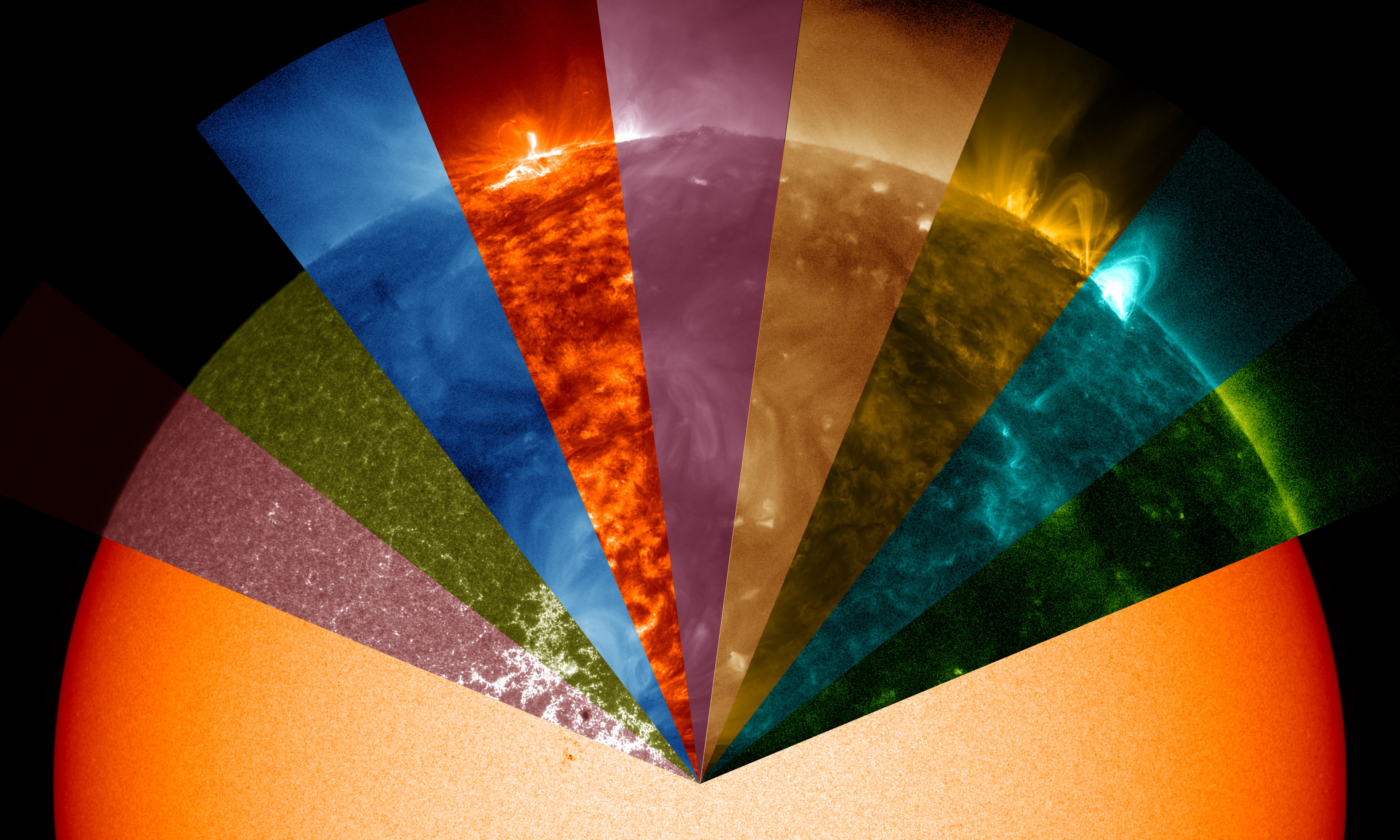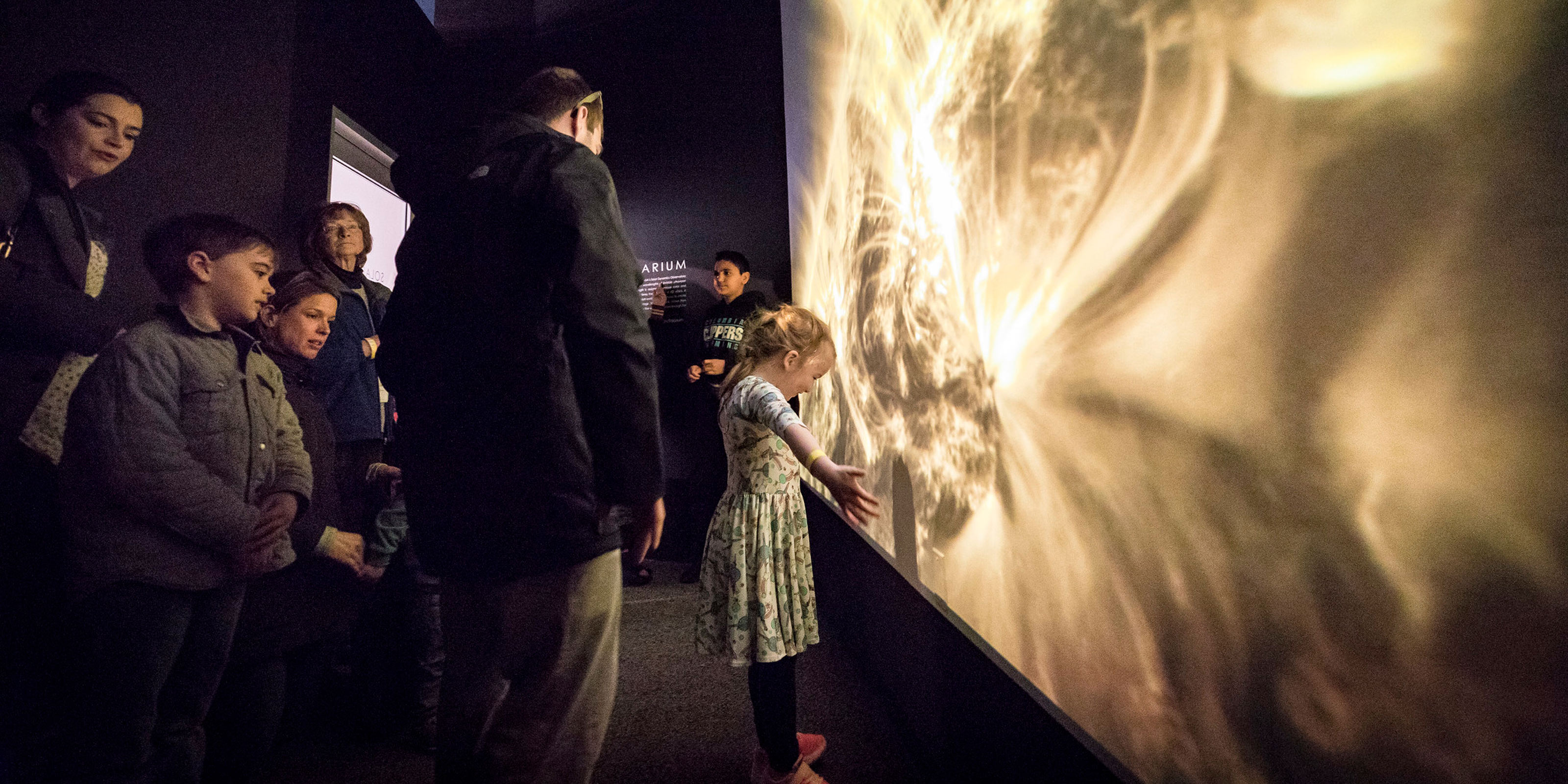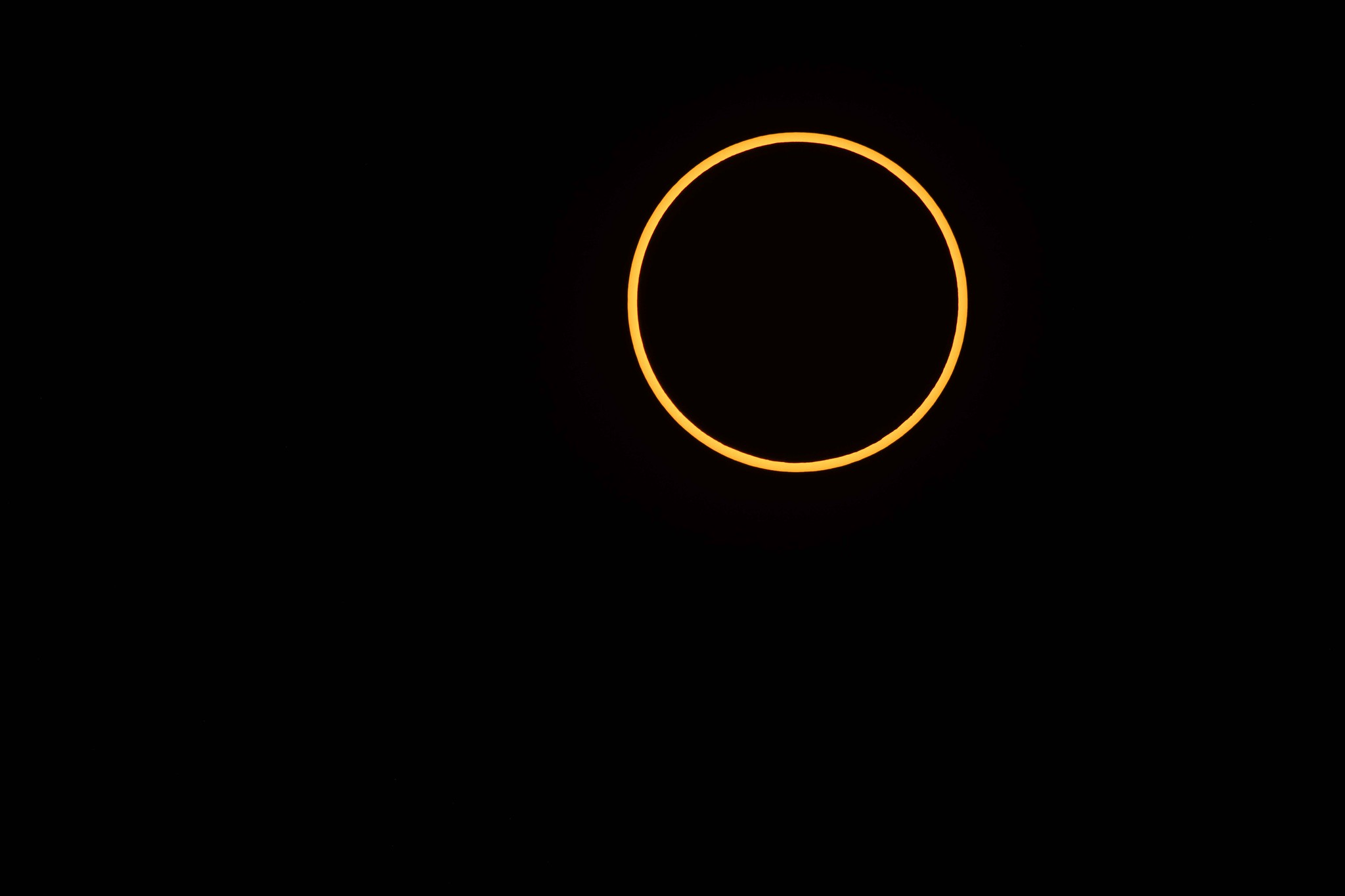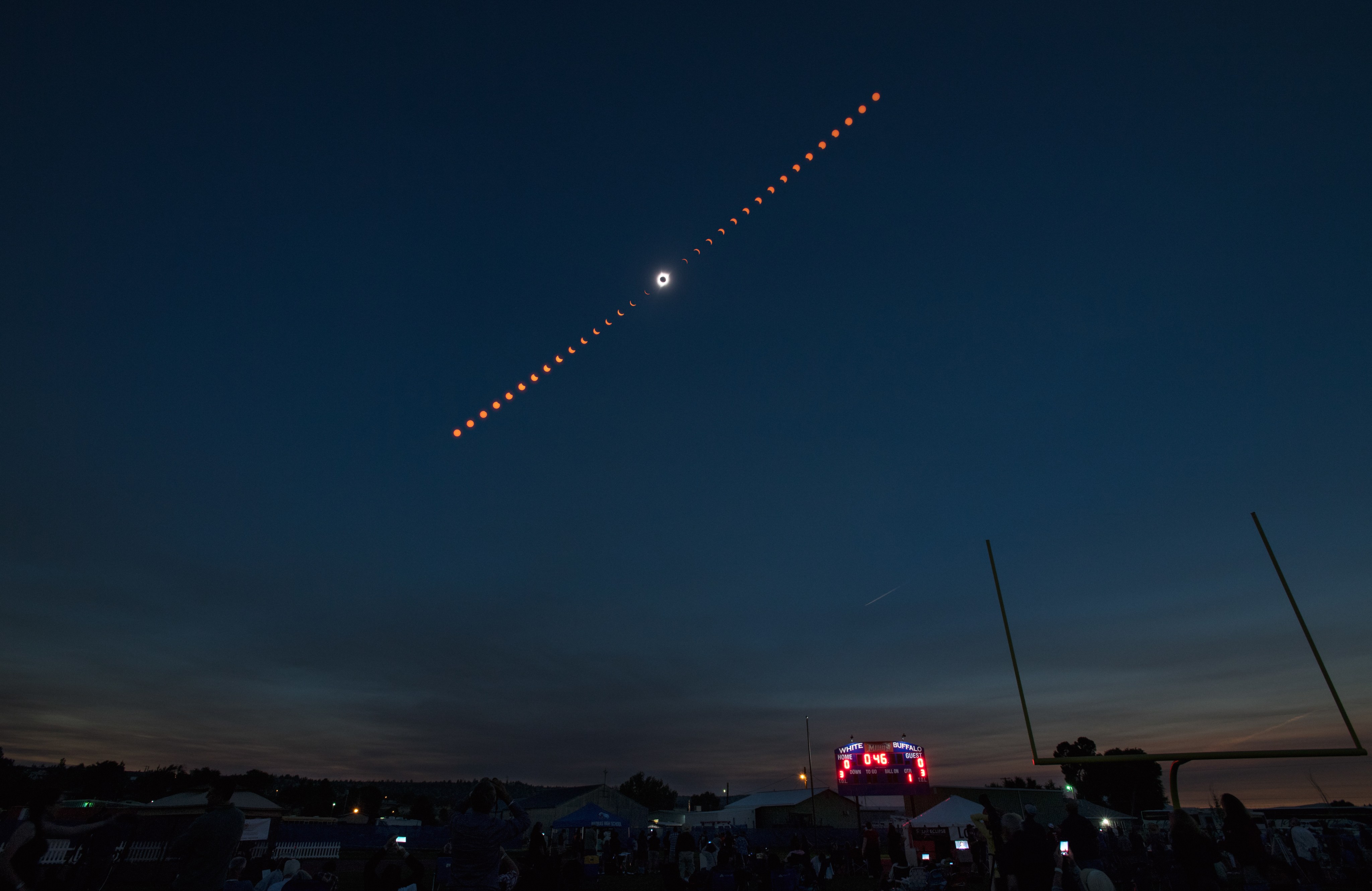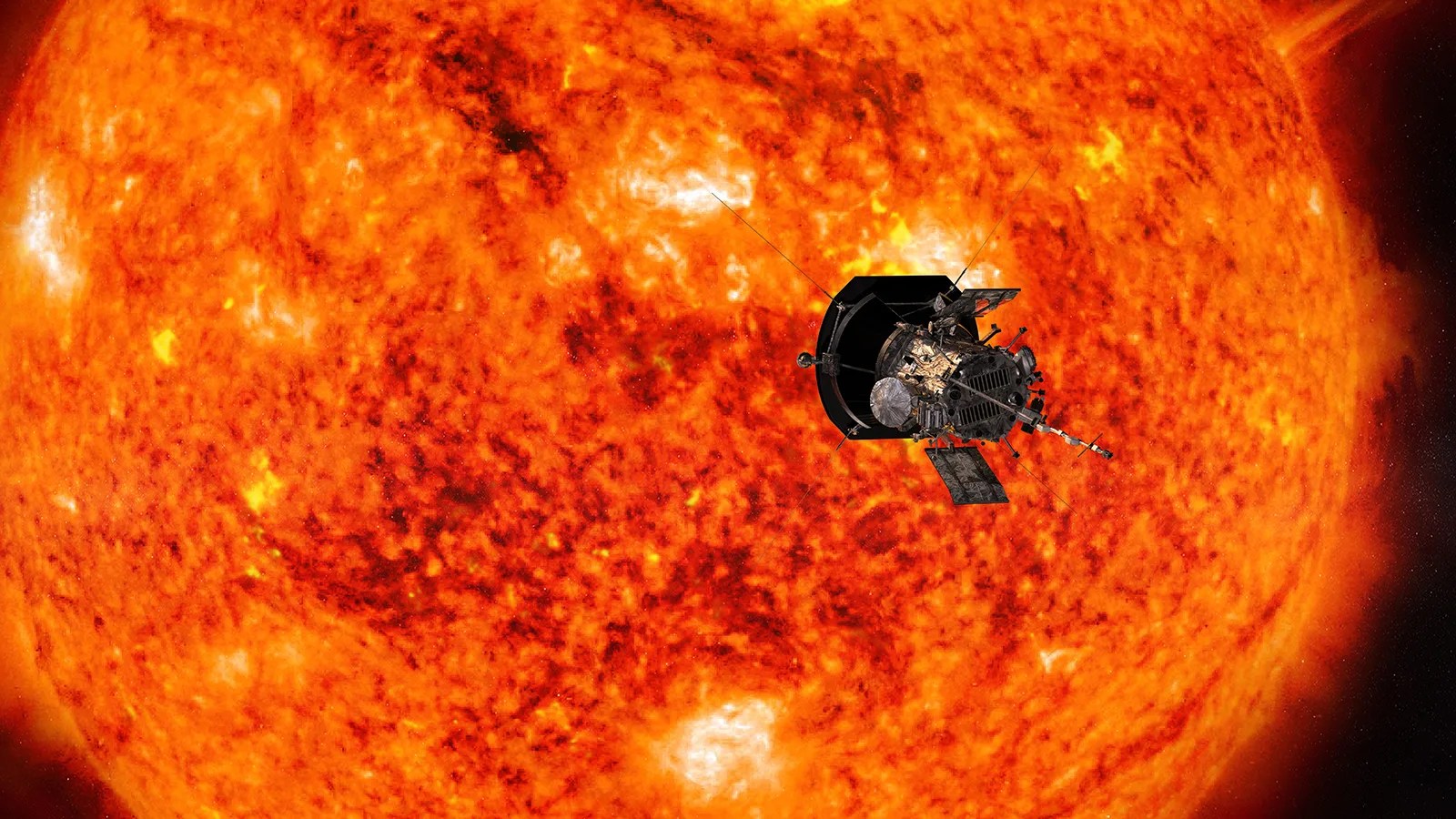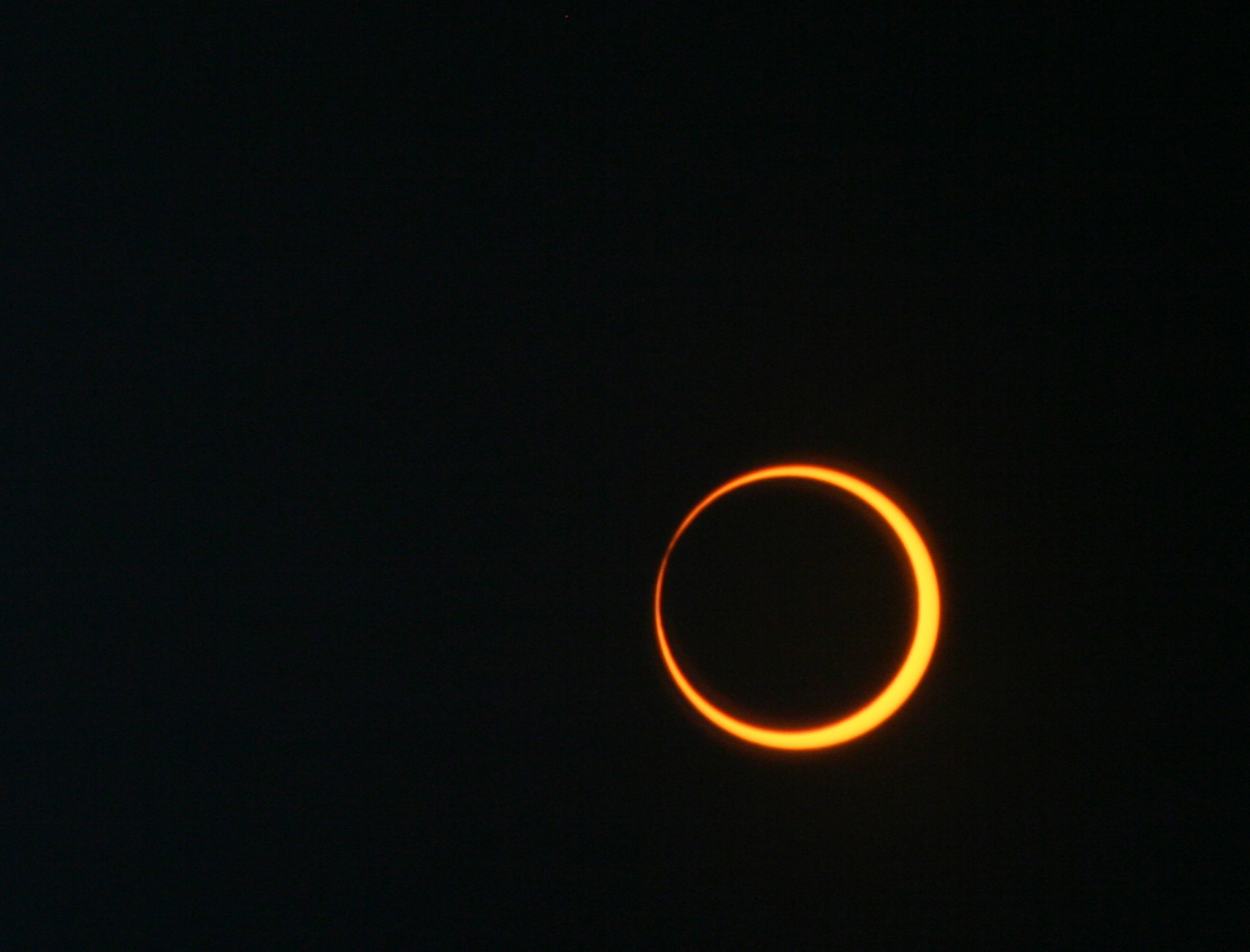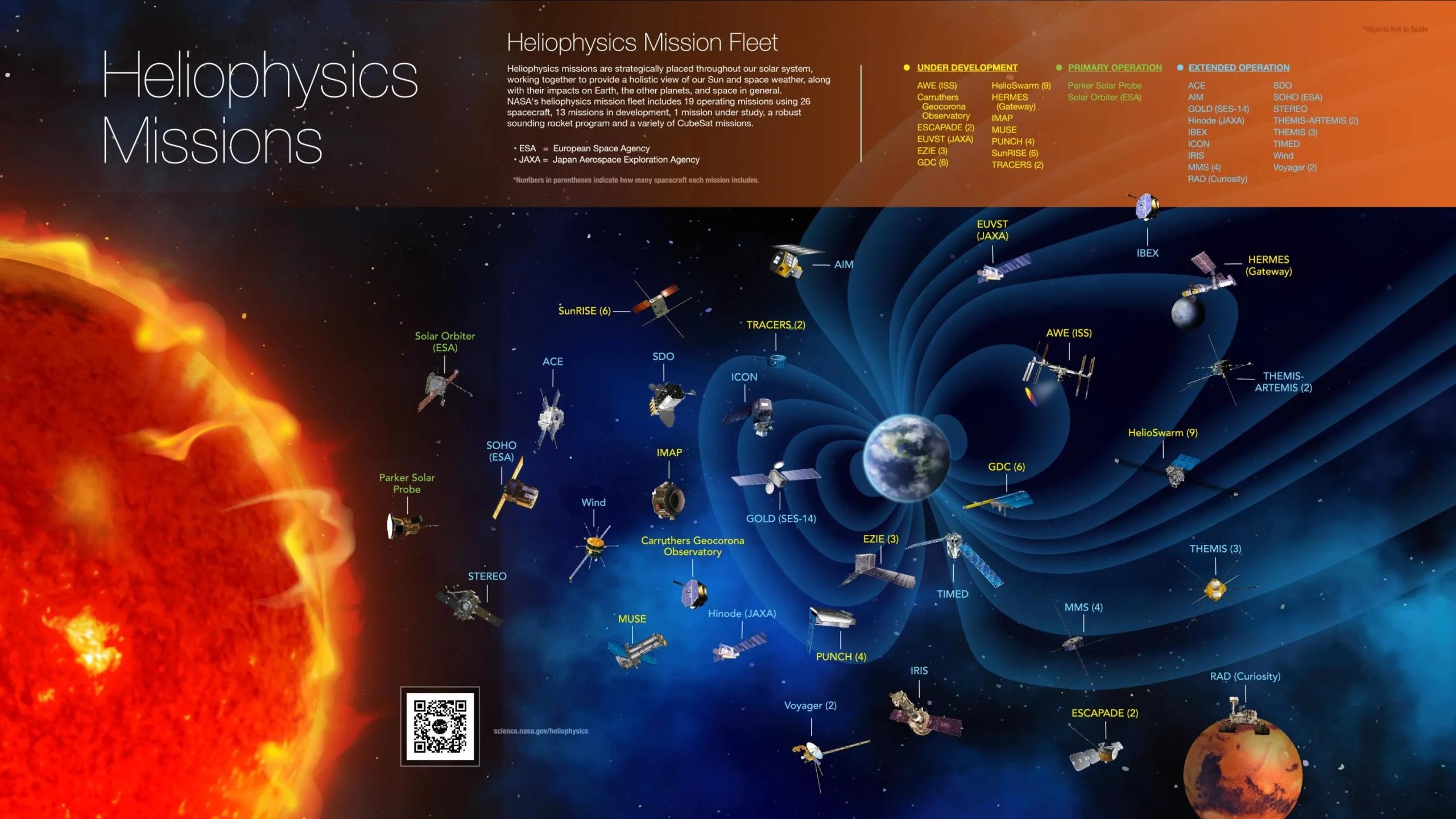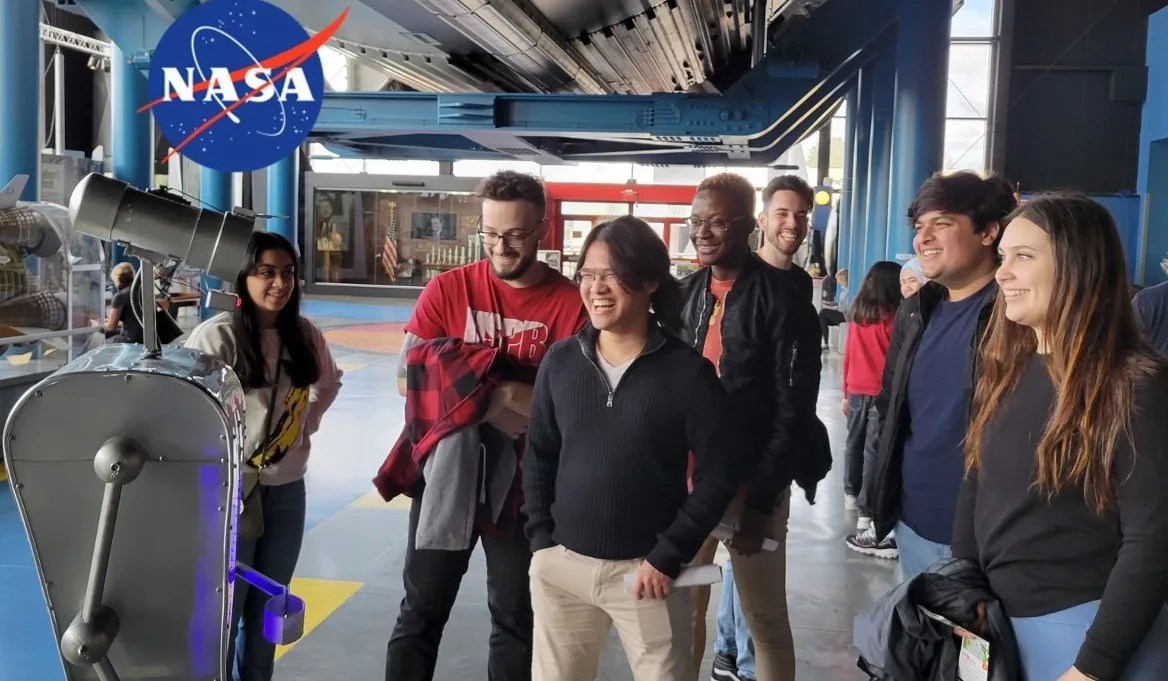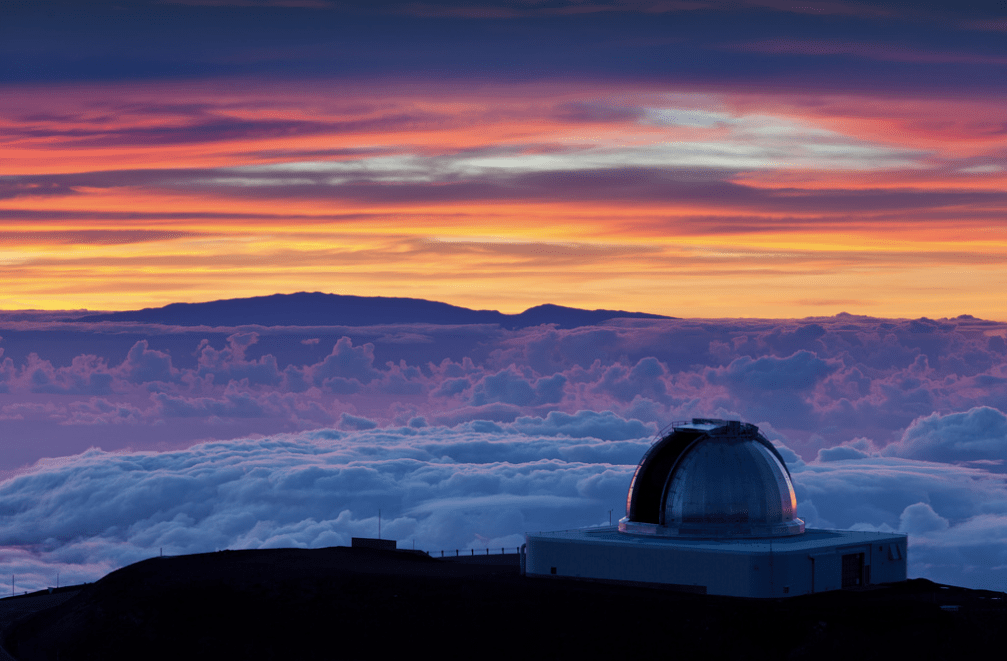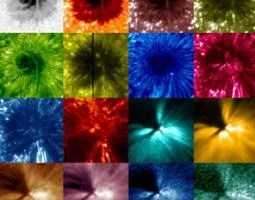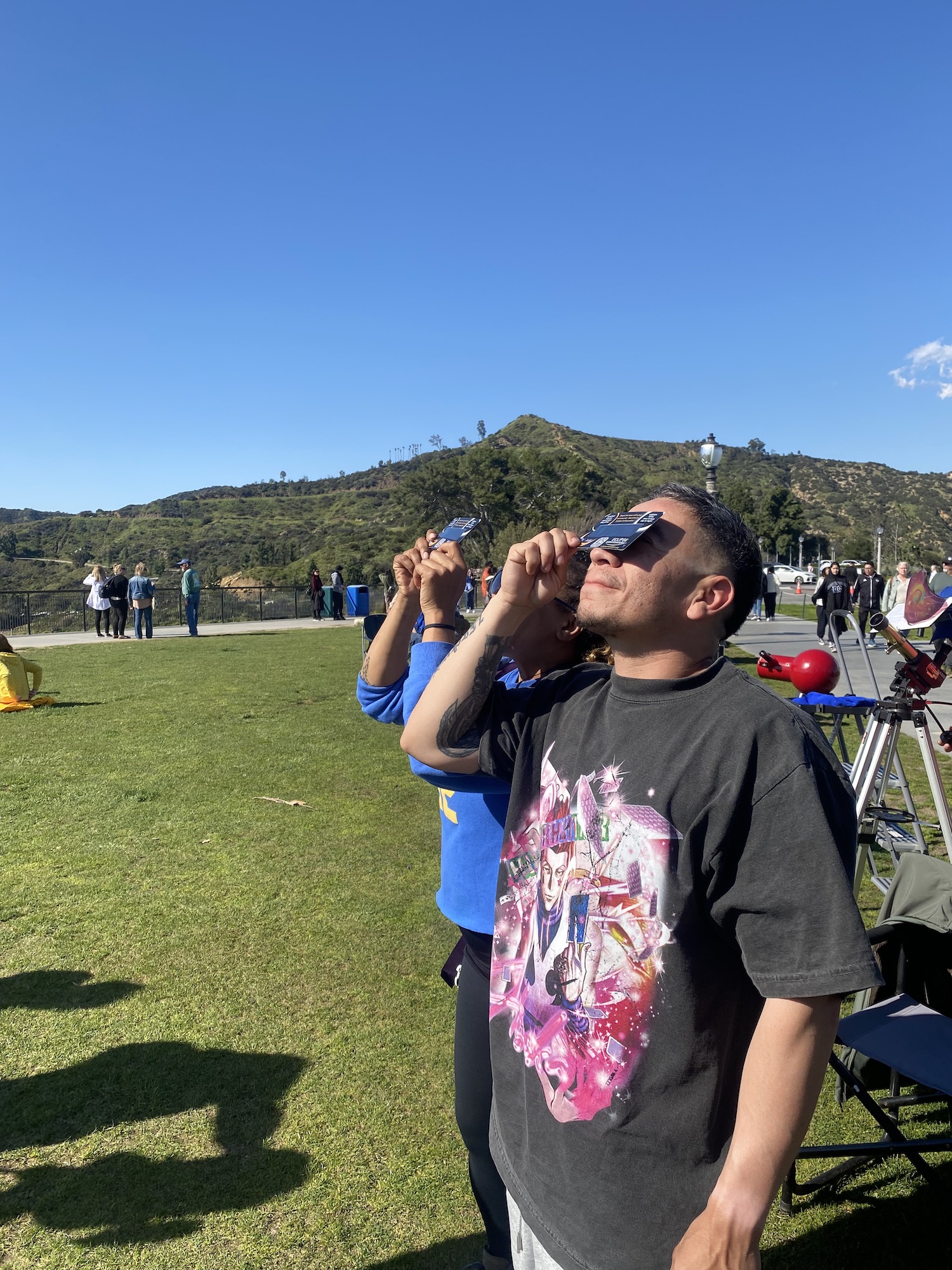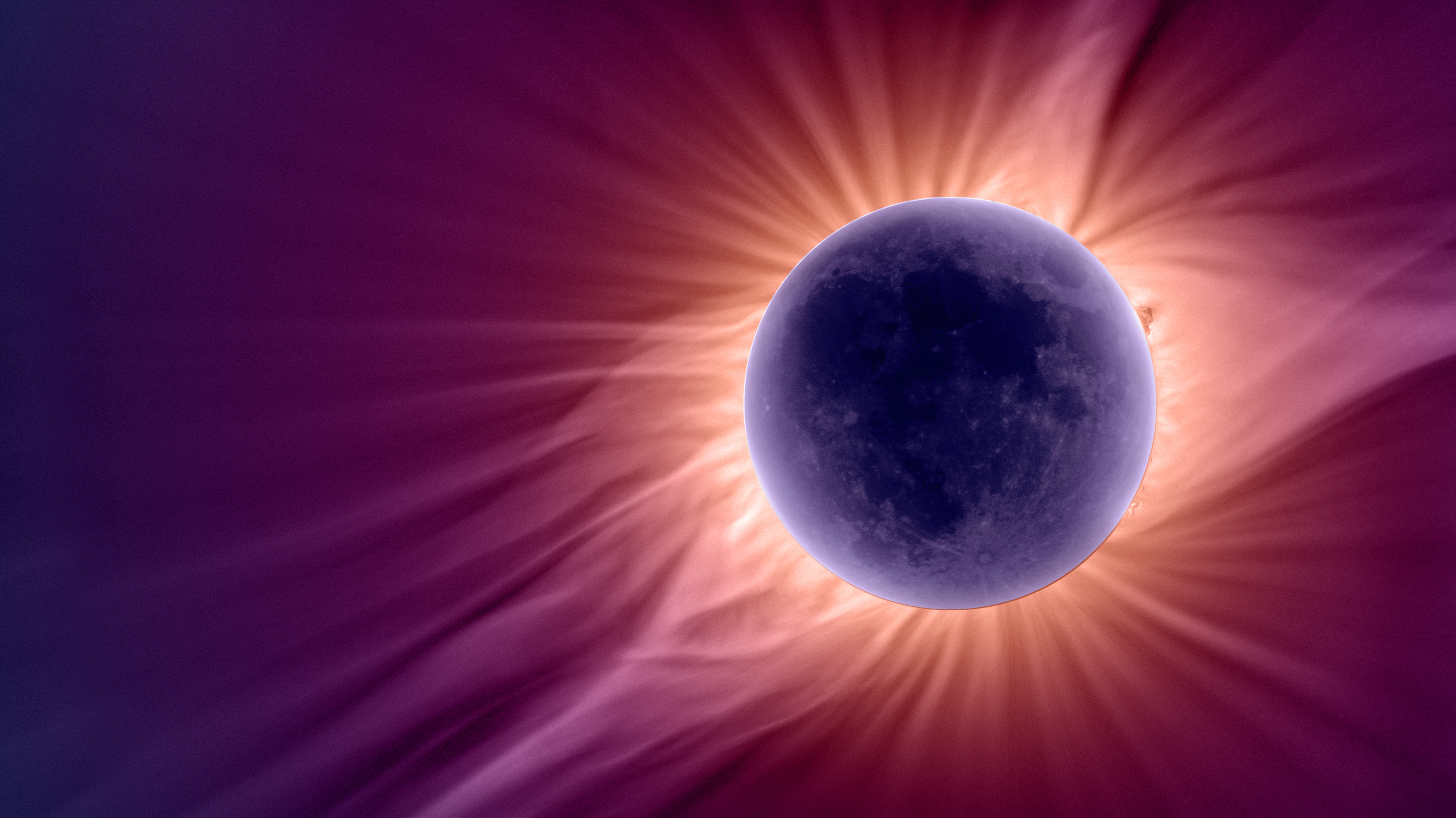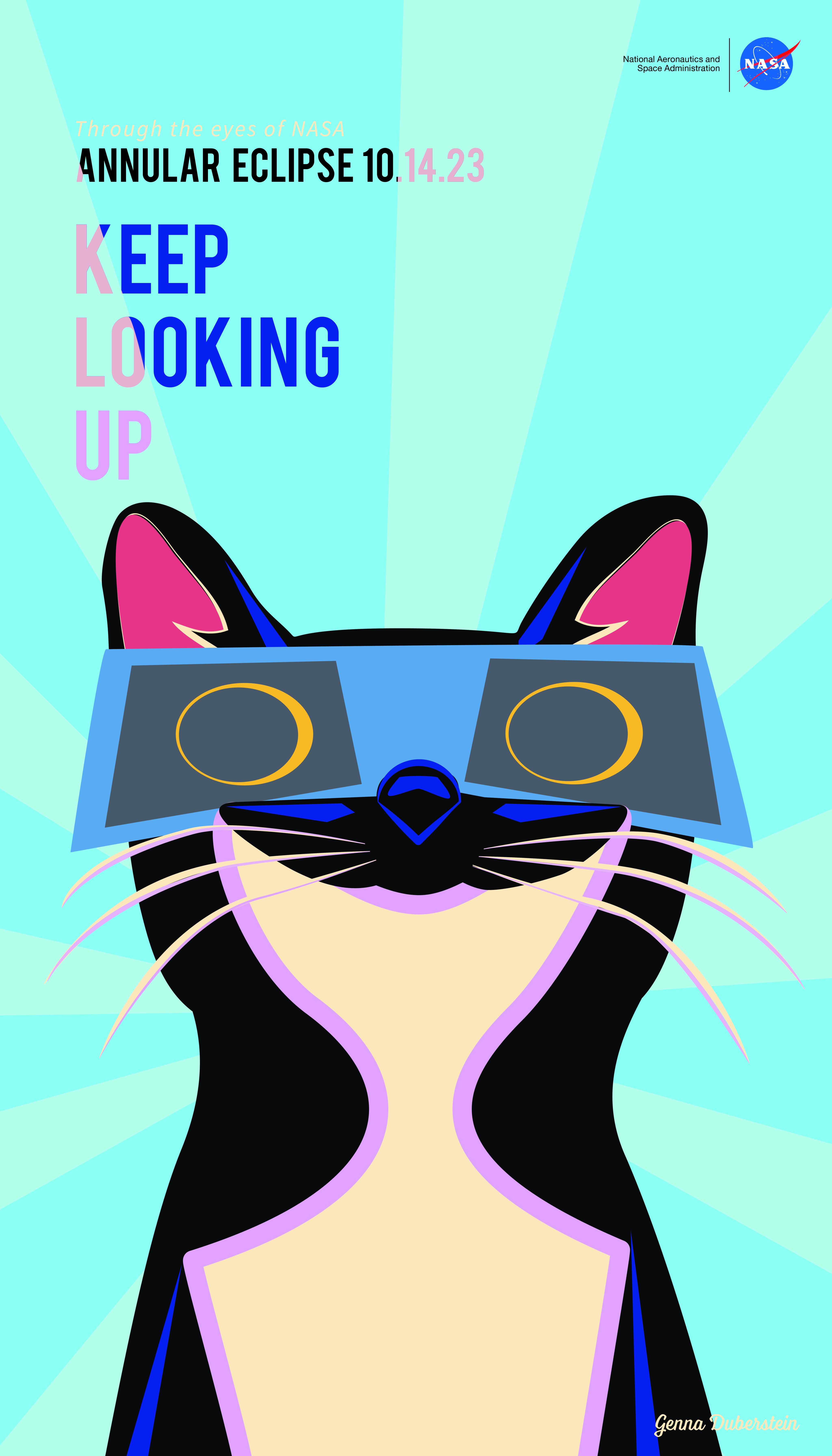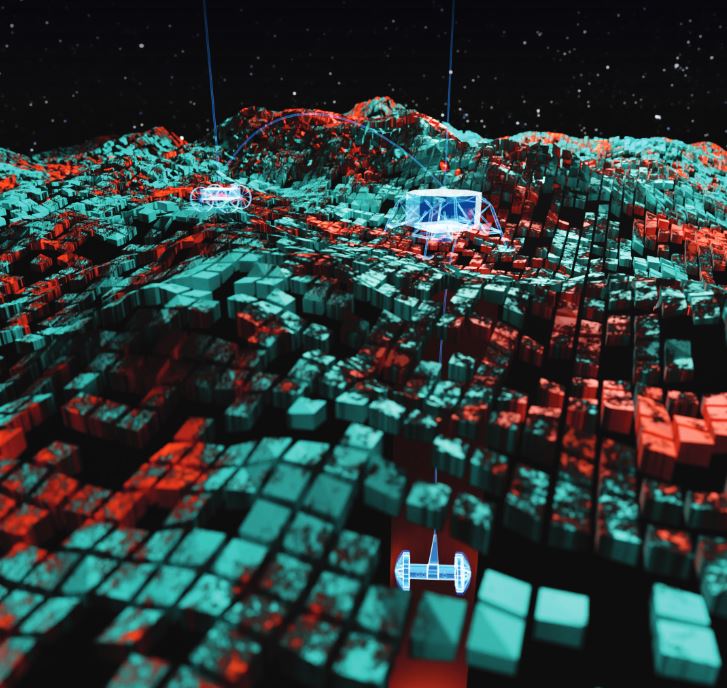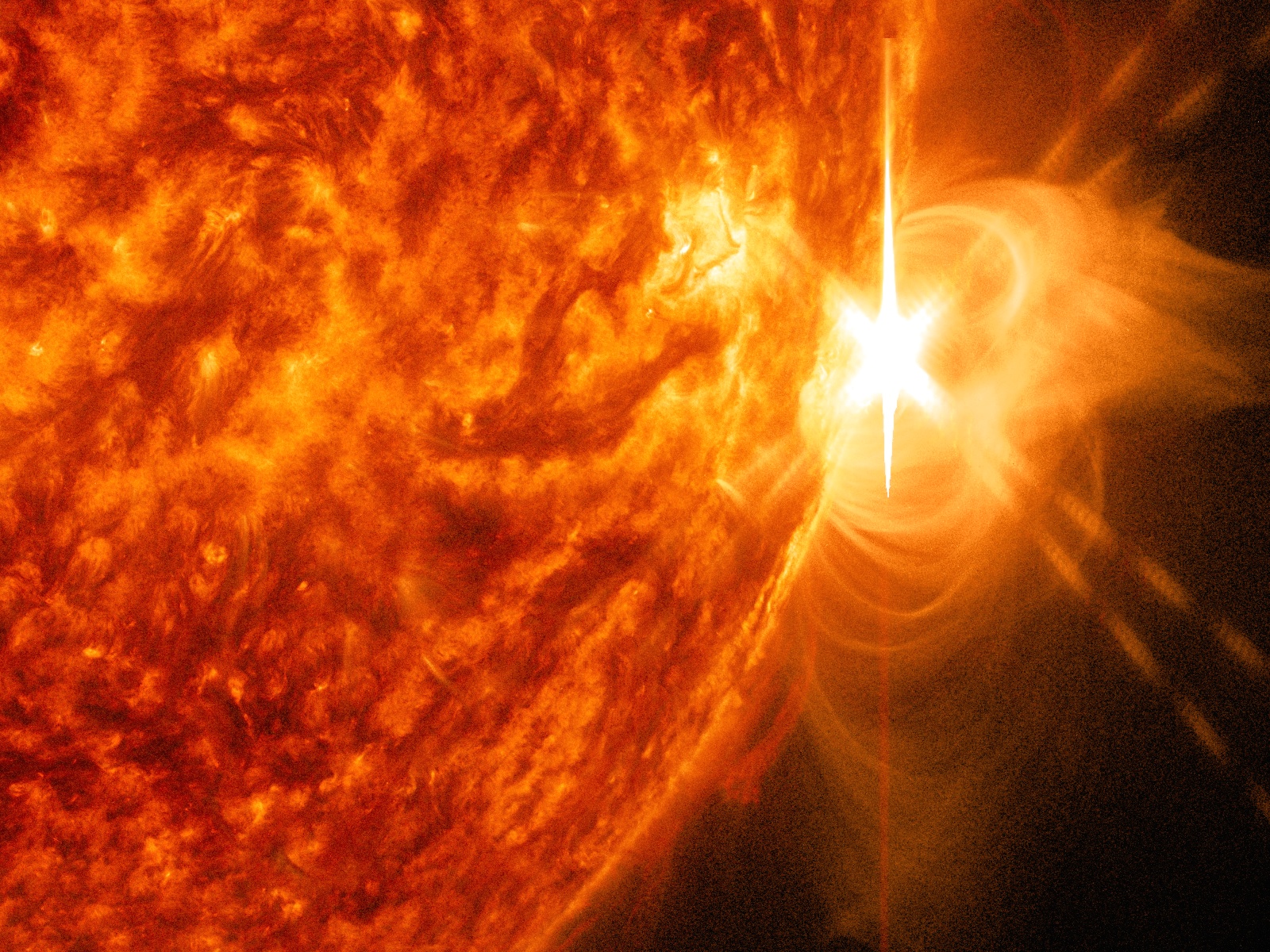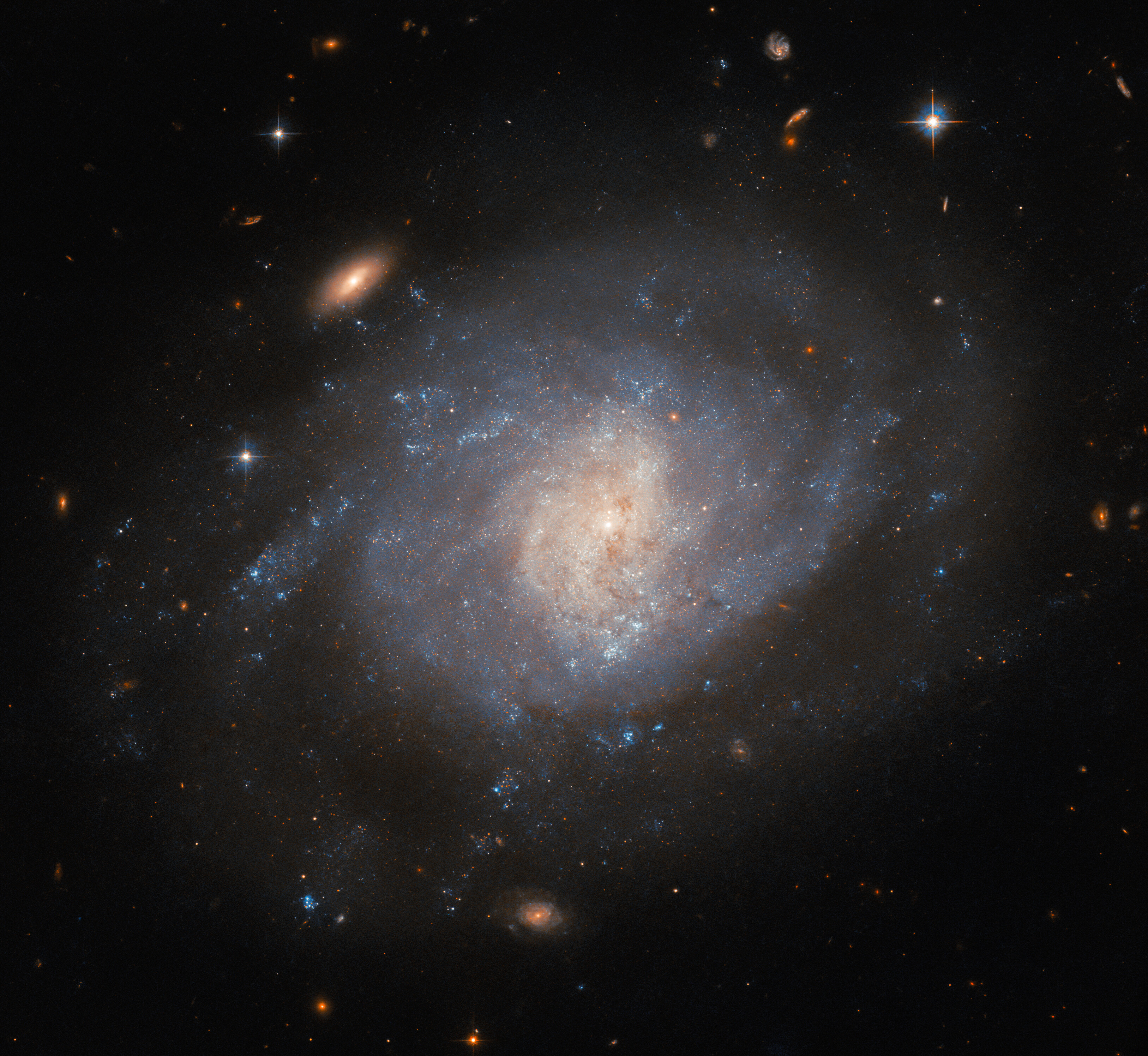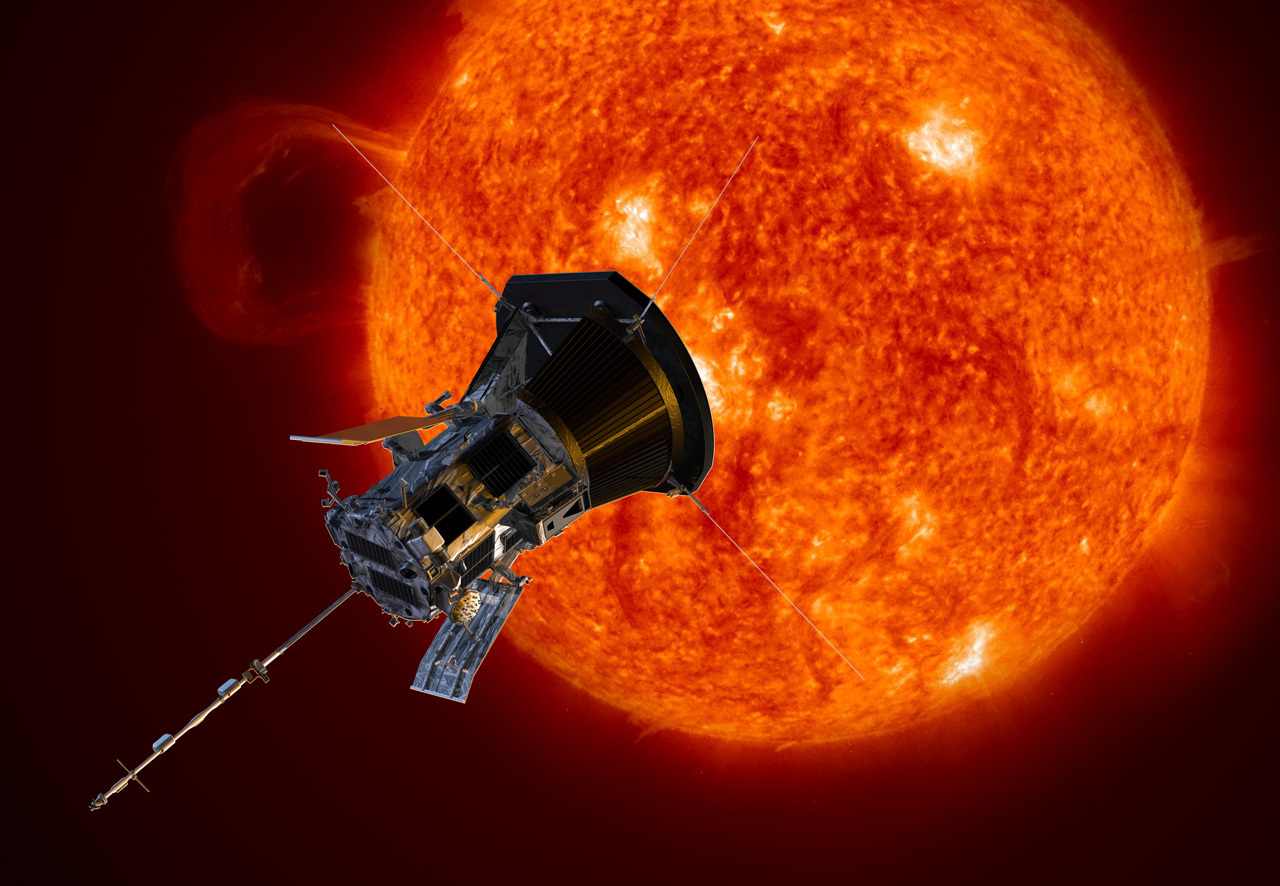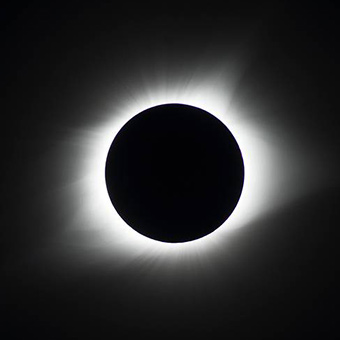A Big Year for Our Sun
During the Heliophysics Big Year, we are challenging you to participate in as many Sun-related activities as you can!
Whether it's watching a solar eclipse, experiencing an aurora, participating in citizen science projects, or hosting a Sun party, we've got a year full of ways to celebrate the Sun!
Learn more from Nicky Fox, associate administrator of NASA’s Science Mission Directorate at NASA Headquarters.
Highlights of the Big Year
Monthly Themes
Visual Art
May 2024
From solar eclipses, to aurora, to spectacular sunsets, the Sun creates art all around us. These breathtaking experiences have been depicted in visual art for thousands of years.
This month, we’ll look at ways artists around the world are portraying the Sun, from graphic illustrations to sculptures, and explore how we can create art inspired by our closest star and its interactions on Earth.
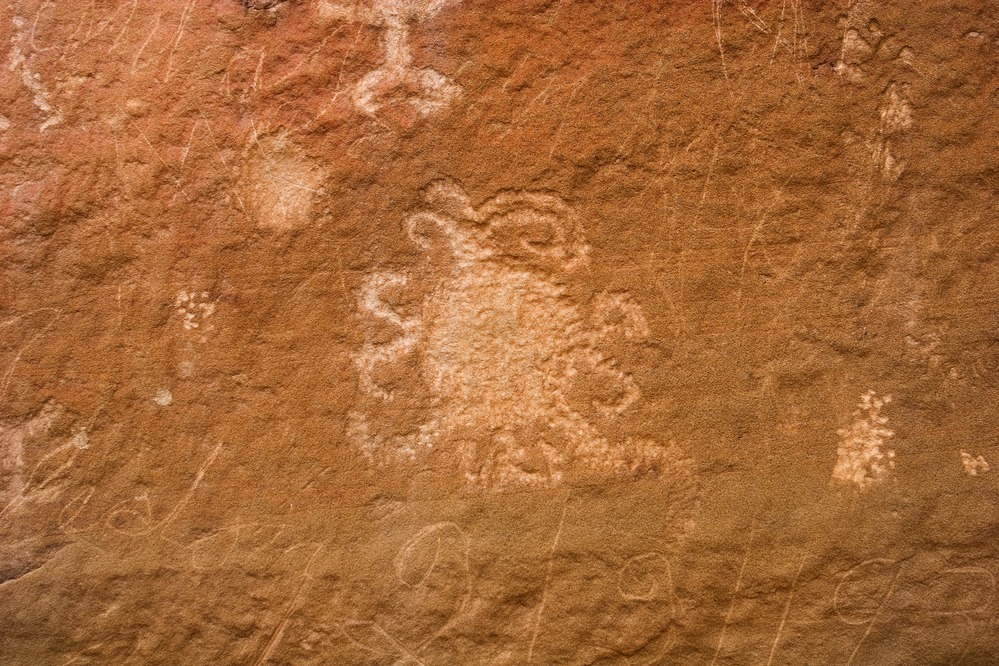
Visual Art
May 2024
How does the Sun inspire you? Use these activities to create your own solar art!
Create a suncatcher or stained glass that highlights the relationship between the Sun and Earth!
Make marbled paper that looks like the Sun.
Use ultraviolet light from the Sun to create handprint art.
Design your own aurora using pastels!
Color in NASA’s coloring pages of our solar system or create your own eclipse poster!
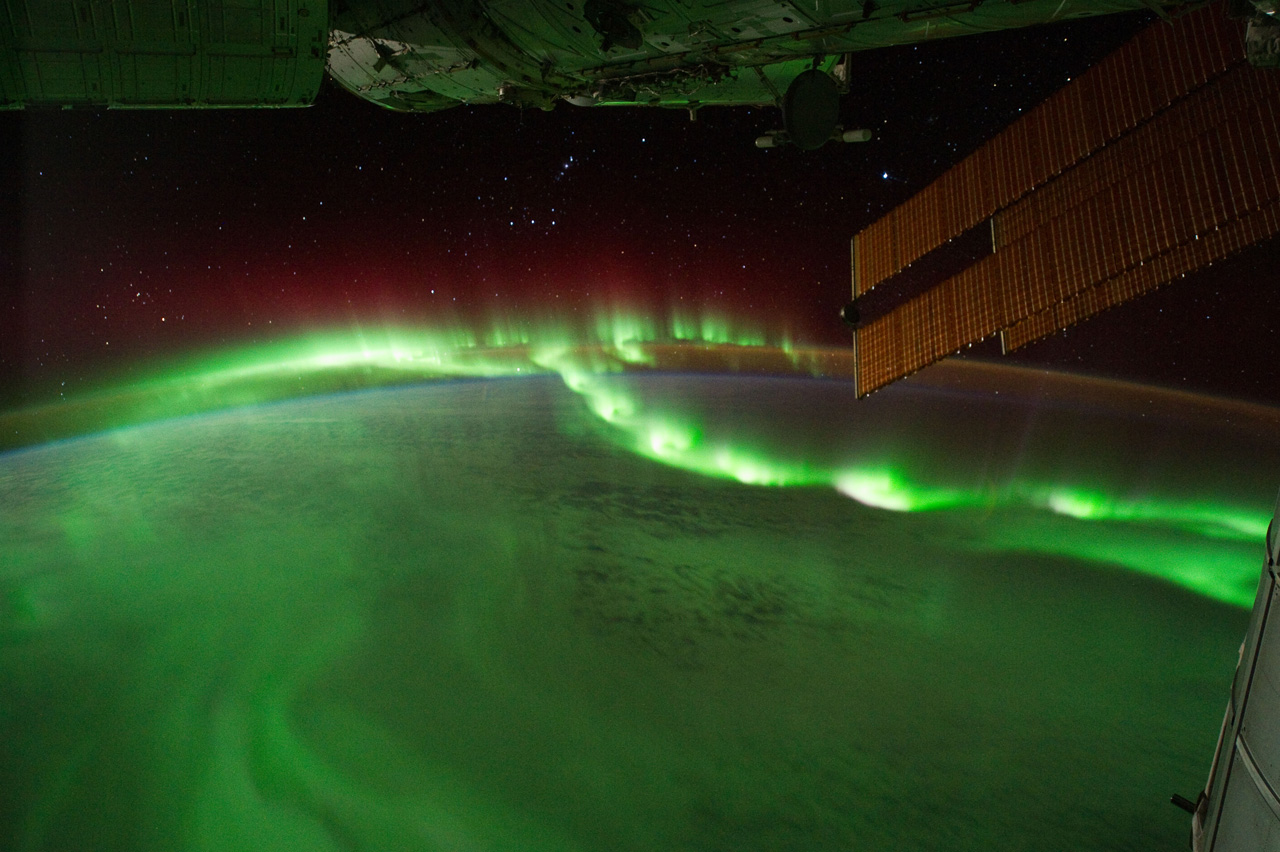
Visual Art
May 2024
Scientists and citizen scientists use color and photography to learn more about our Sun and the upper layers of Earth’s atmosphere, called the ionosphere, thermosphere, and mesosphere.
NASA’s Solar Dynamics Observatory sees the Sun in more than 10 distinct wavelengths of light, showing solar material at different temperatures. Watch this video to learn more about how color and science go together.
Photographers and citizen scientists chase sprites, immense jolts of light that flicker high above thunderstorms. Learn more about how photographers and scientists work together to study this mysterious phenomenon with this blog post and video.
